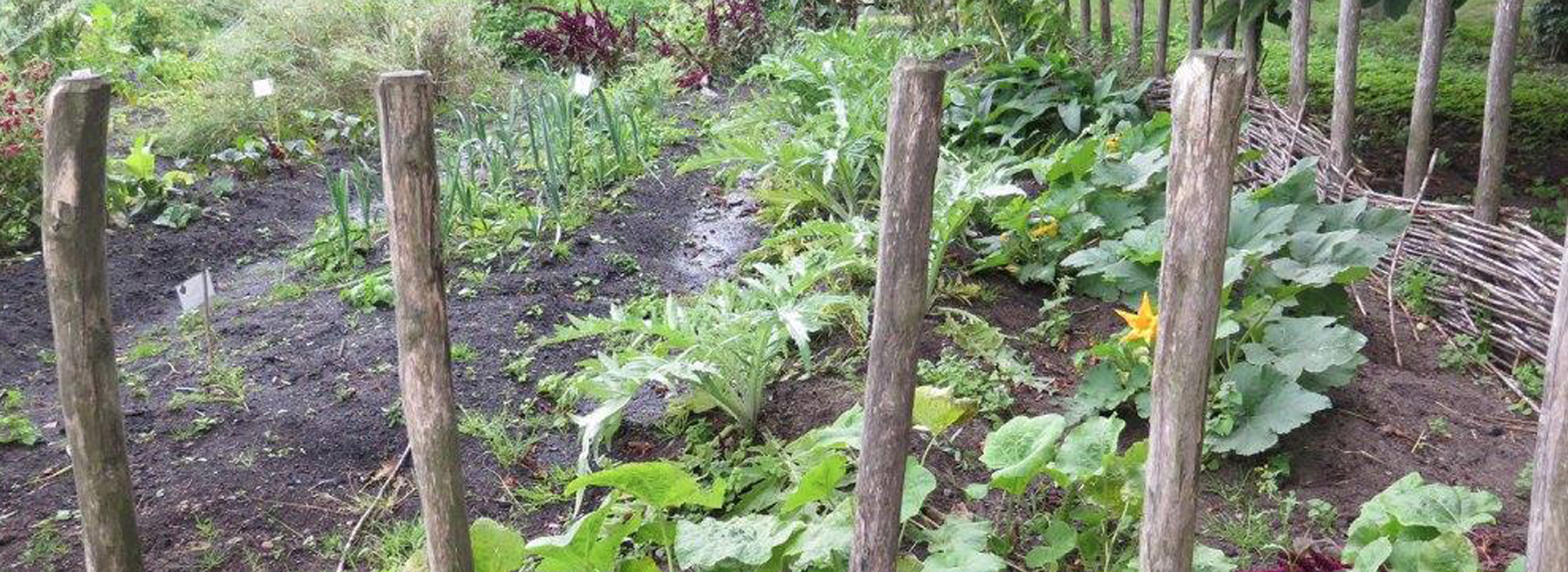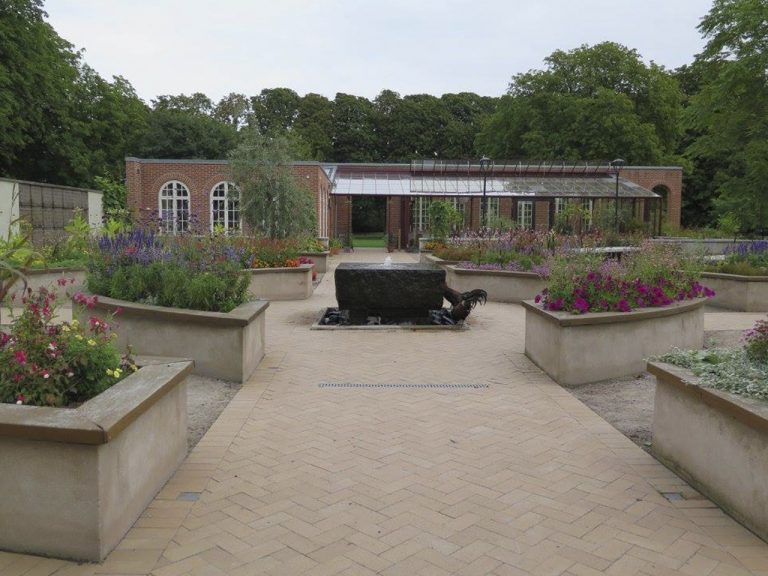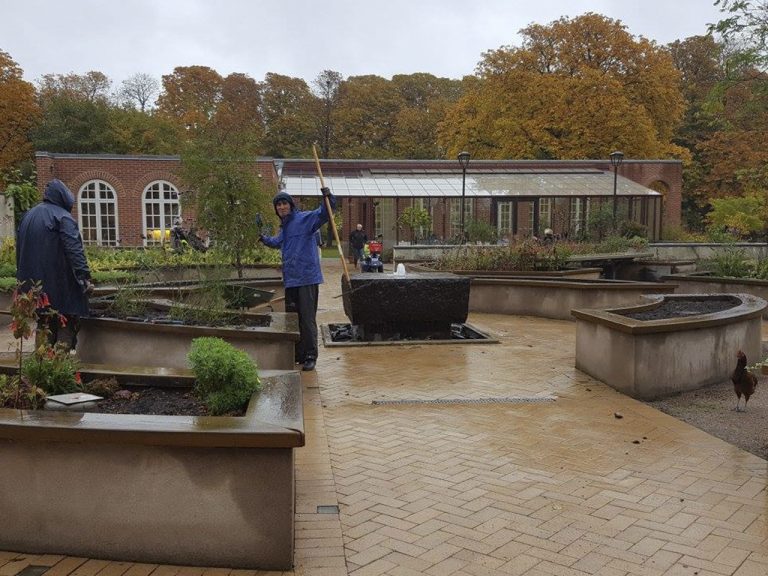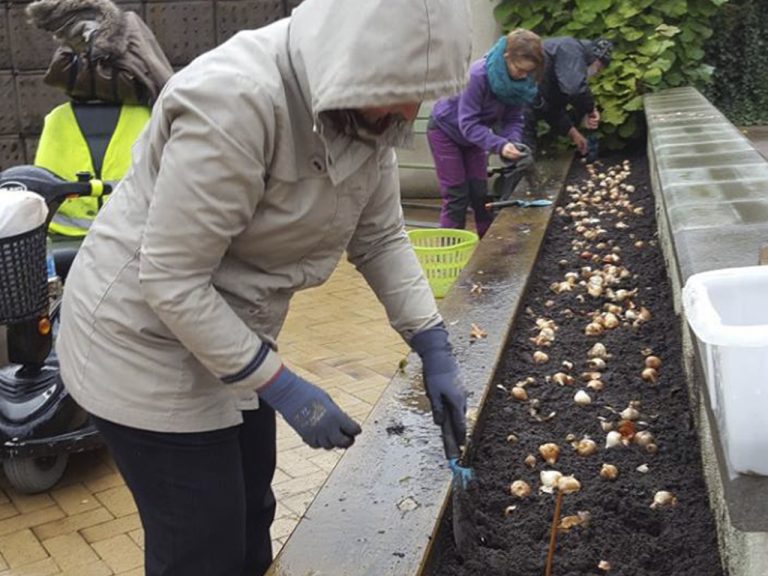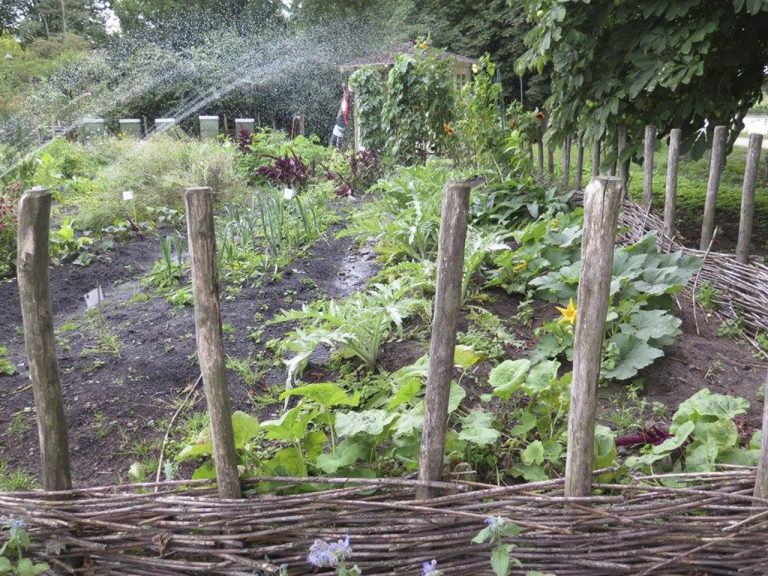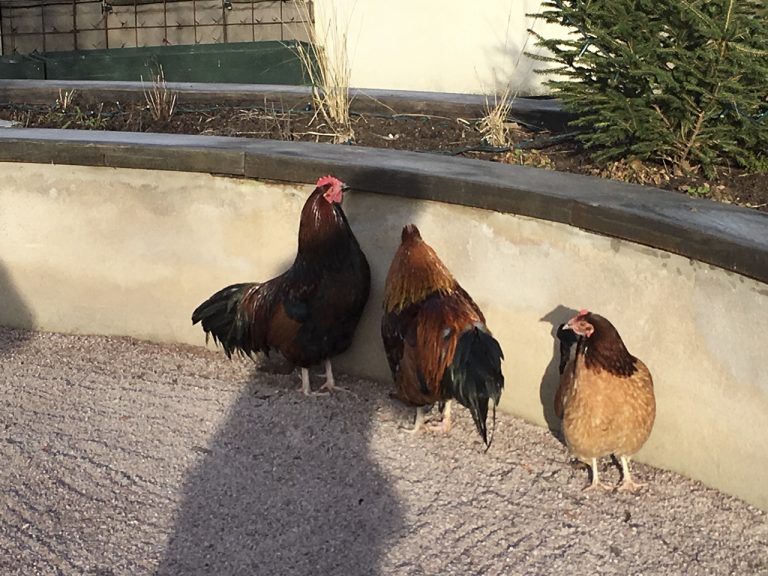Cook and eat together. Practice the language through studying local recipes and cooking together. Learn about different cultural backgrounds.
Description of the activity
In the Health Garden they organise workshops with picnics that are facilitated by the immigrants.
Together with the group, they do the shopping list and deal with what they are going to cook which includes the costs of the food they share in the cooking group. To learn the Swedish language, they go through all the ingredients’ names in Swedish and in their native language, the coach puts great emphasis on the Swedish pronunciation of the names of the ingredients. When they made all purchases, they prepare the food in the kitchen of the Orangery which is in the Health Garden. They have a grill as they grill vegetables and chicken as well as fish. Throughout the preparation and during cooking, they talk about the different names of the ingredients and what they can be used for. They exchange different uses for these and learn Swedish together to get the right pronunciation.
By explaining the different ingredients’ names in Swedish, they feel knowledgeable and then their self-esteem is strengthened. The initiative for the picnic was taken by the gardener in the Health garden. The activity has produced good results and has become a recurring activity with the new trainees who come and who are immigrants.

 English
English  Deutsch
Deutsch  Español
Español  Svenska
Svenska 